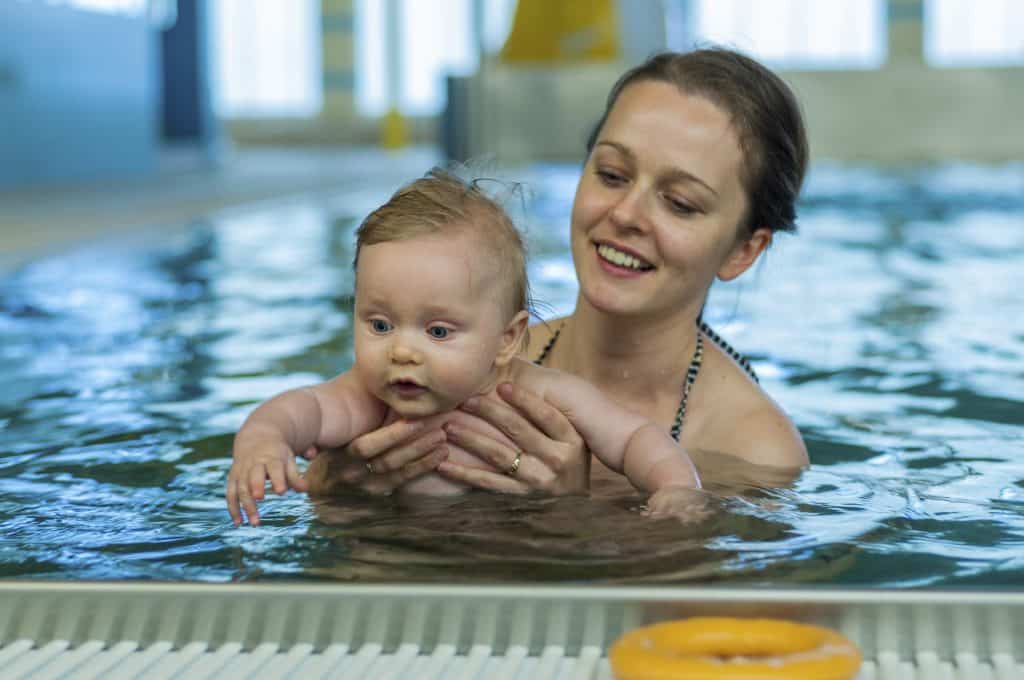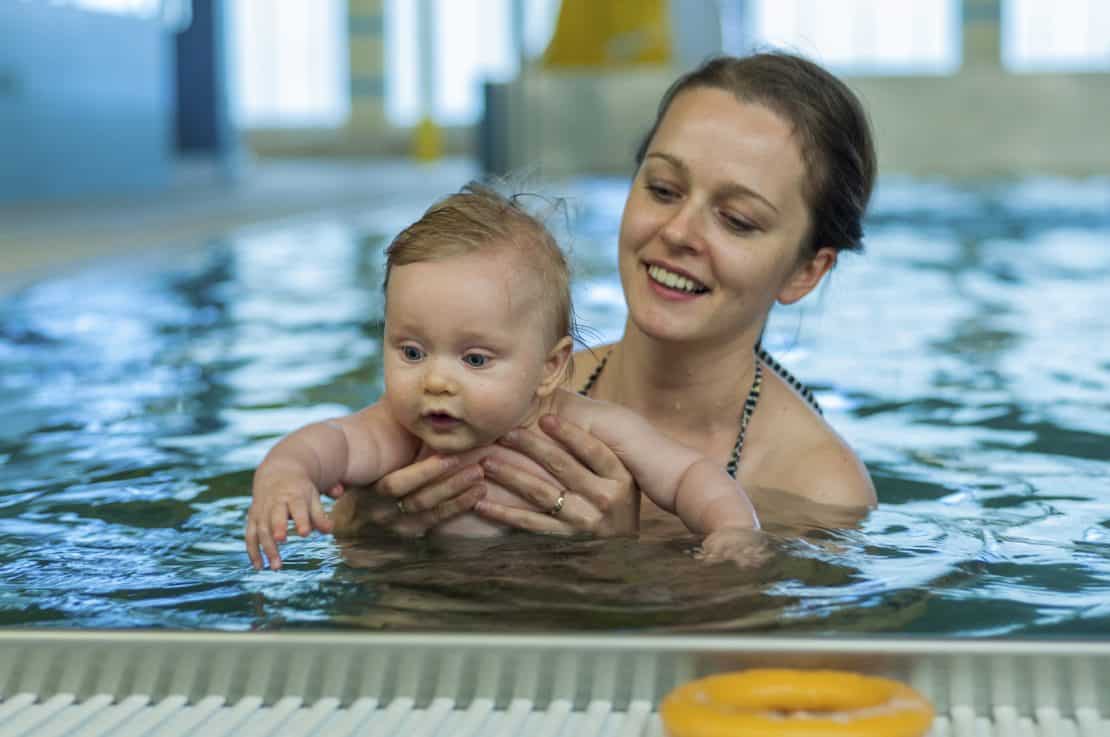Be Safe When You are Swimming This Summer

With the tragic loss of three swimmers in Rhode Island waters recently, we want to remind you of the basics of water safety and swimming, especially for your children. According to the Red Cross, drowning is the second most common cause of accidental death for children aged 1 to 14. But adults can also lose their lives in the water, especially when drinking or risky behavior is involved. It takes only a few minutes to drown. Here are the most important rules to keep yourself and your family safe in the water:
Around the pool
Keep the pool and the hot tub properly fenced and secured so that children cannot access the water without an adult present. Increase safety by adding pool alarms. Remove ladders and attach safety covers to above ground and inflatable pools.
Supervise kiddie pools just as carefully as swimming pools: even a few inches of water can drown a toddler. Empty the pool after each use.
Make sure all swimmers understand the pool rules, such as no rough play or running, no alcohol use, no swimming alone, and no diving except where the pool has a specific diving area.
At the beach, lakes and rivers
Swim in lifeguard protected areas that are clearly marked for swimming. The presence of a lifeguard significantly reduces the risk of drowning.
Don’t share the water with boats and personal watercraft (including surfers), which can easily hit a swimmer.
Never dive into unknown waters, or in any shallow water. Wade in feet first until you know the bottom is safe with no rocks or other obstacles.
Have a swimming buddy. Even the most experienced swimmers can get in trouble in the water, especially in surf or a fast current. Swim with a friend and pay attention to each other’s safety.
Avoid swimming in high surf and fast currents, especially around rocks and other submerged obstacles. Be respectful of surf warnings and rip current warnings at your regular beach. (See the National Weather Service’s Rip Current Resources page for information on identifying rip currents and how to escape if you are caught in one.)
Pay attention to all conditions at the swimming area. This might include the tide, changes in the weather such as an approaching thunderstorm, obstacles or weeds in the water that can entangle a swimmer, or human activity such as boats, surfers or fishermen in the area.
All swimming activity
If a child or friend is missing, check the water first. Seconds make the difference if someone is in trouble in the water.
Keep all children under active adult supervision at all times. Don’t assume that older children can watch younger children, or that you can be close at hand but doing something else, and still notice a problem in time to prevent an emergency.
Have Coast Guard approved life vests or flotation devices for non-swimmers and those who don’t swim well, especially young children.
Consider swimming and water safety classes for yourself and your children. Although no class can guarantee 100% safety, becoming a better swimmer, and learning how to prevent and respond to water emergencies may save a life.
You can find much more information, including downloadable safety tip sheets, on the Red Cross’s Water Safety page. Be water safe so you and your family can enjoy the beach and the pool this summer.
If you or a loved one has been injured and needs legal help, please contact Rob Levine & Associates. Our experienced personal injury lawyers will review your case to help you understand what your next steps should be. Getting legal help can put your mind at ease and let your focus on getting better.
At Rob Levine & Associates we are experienced in personal injury cases in Rhode Island, Massachusetts, and Connecticut. We also have experience with social security and veteran’s disability cases nationwide. Our team is available 24/7 to help you. Contact us at 800- 7423940 or visit our website for more information.









